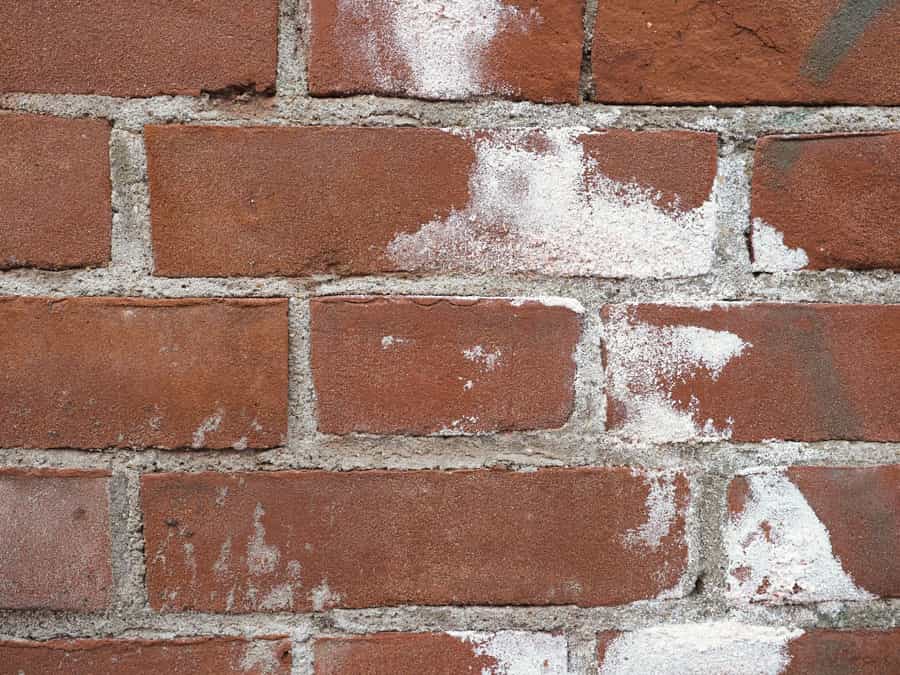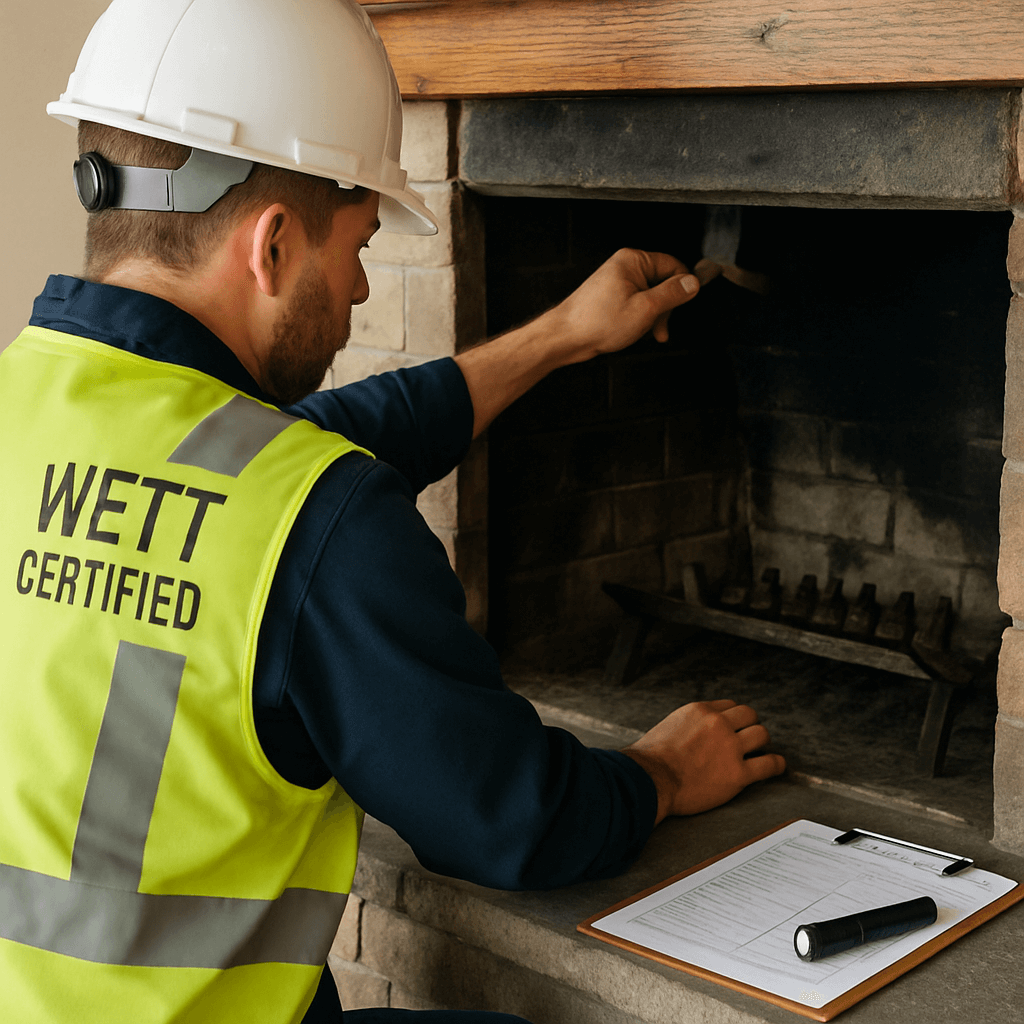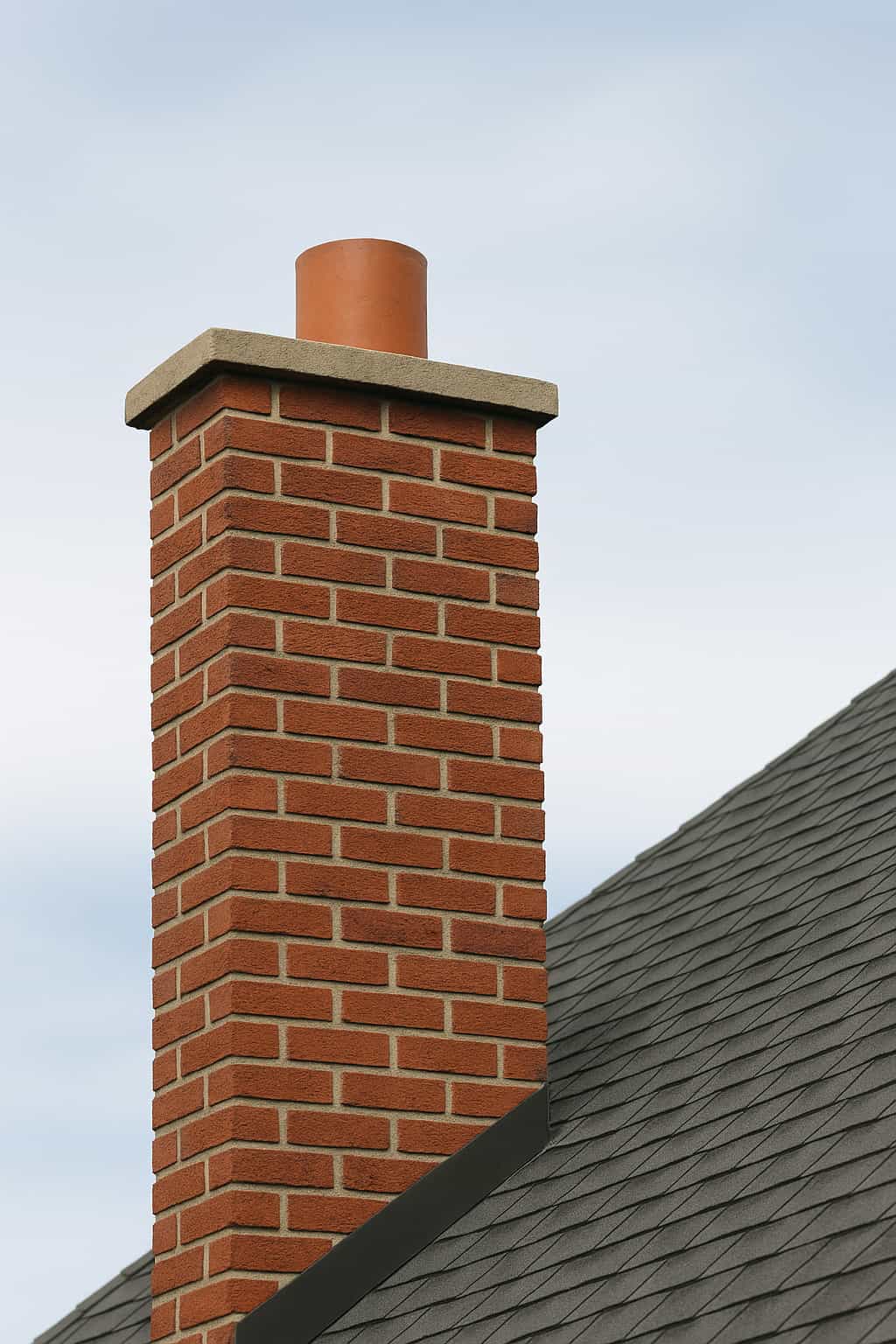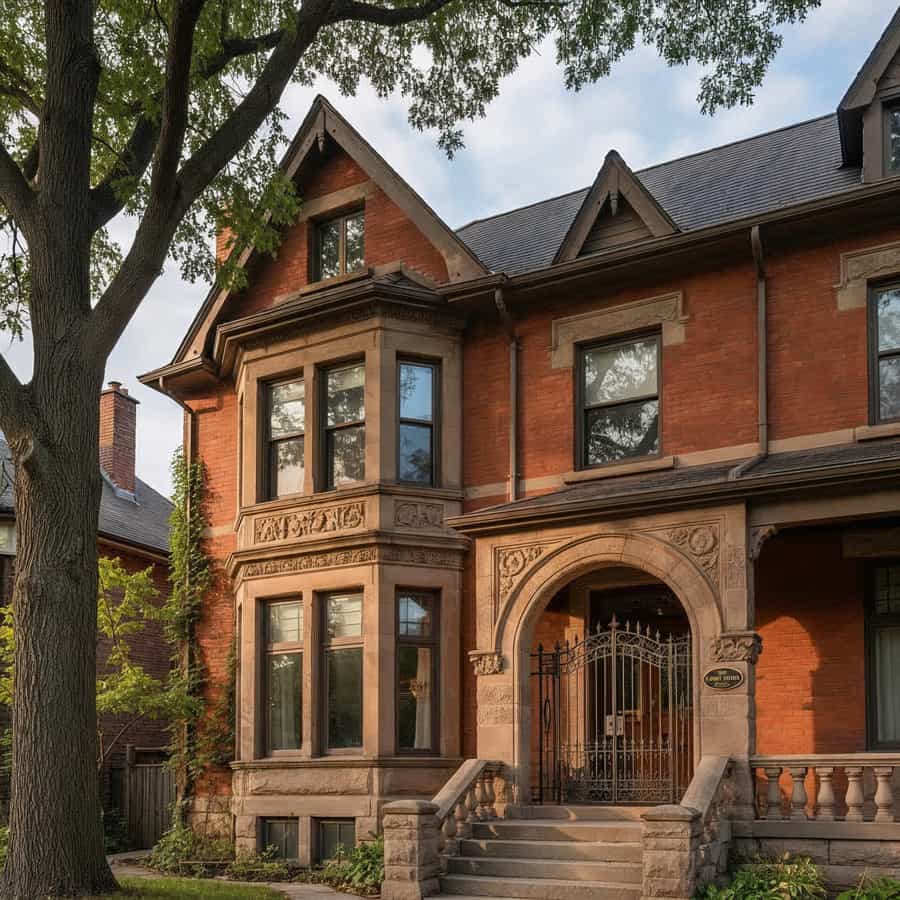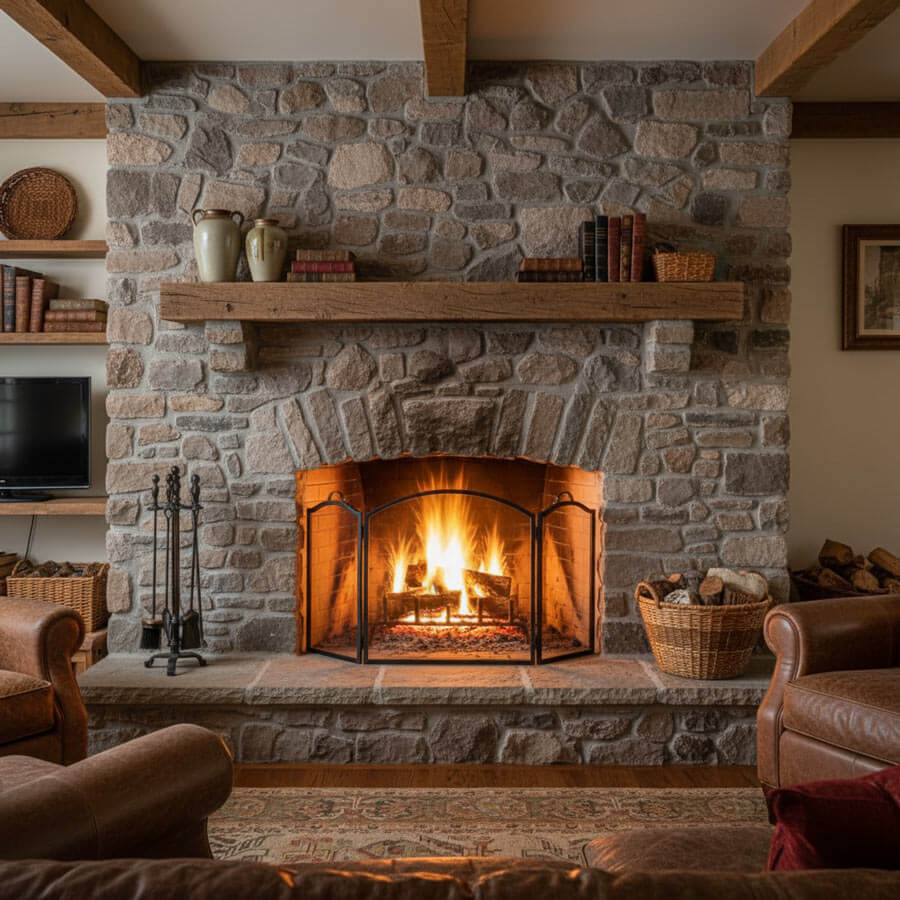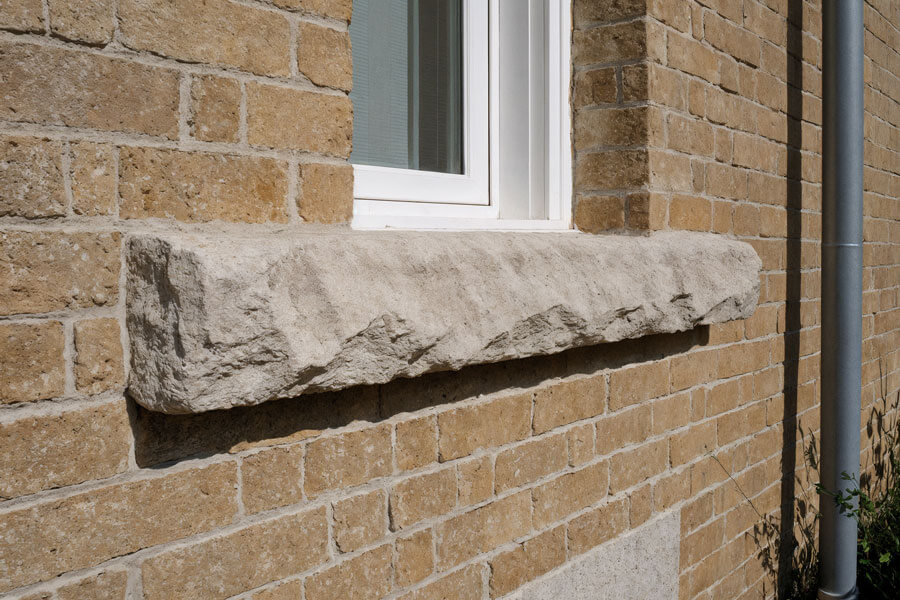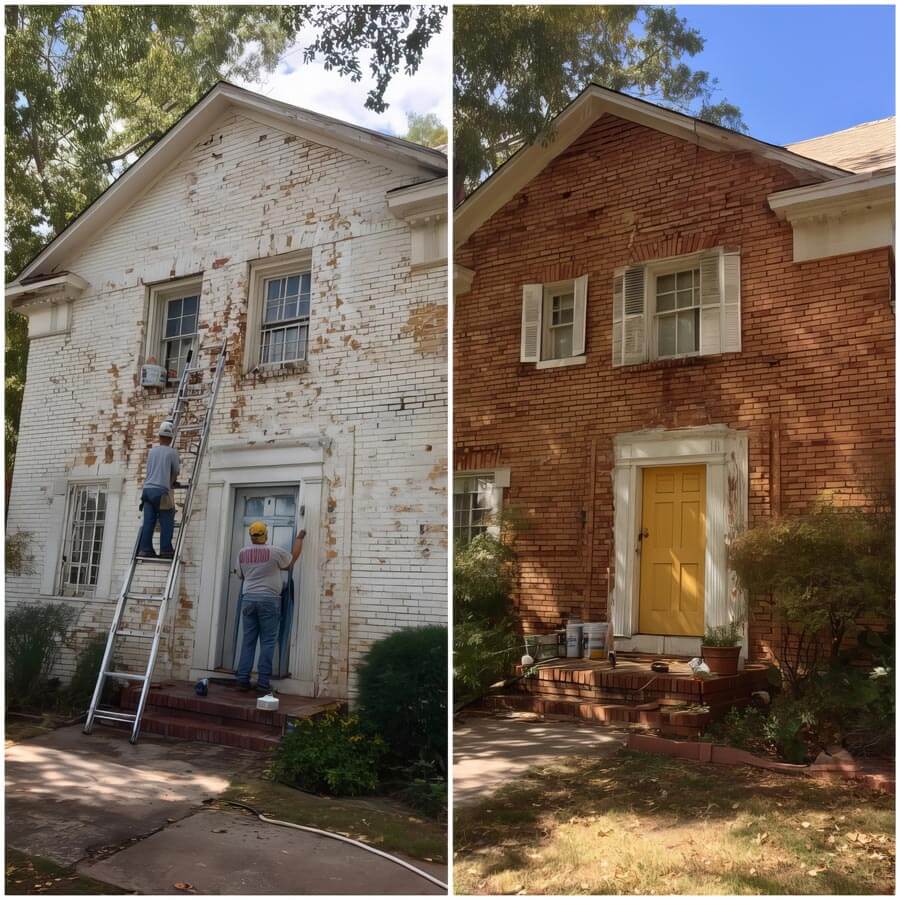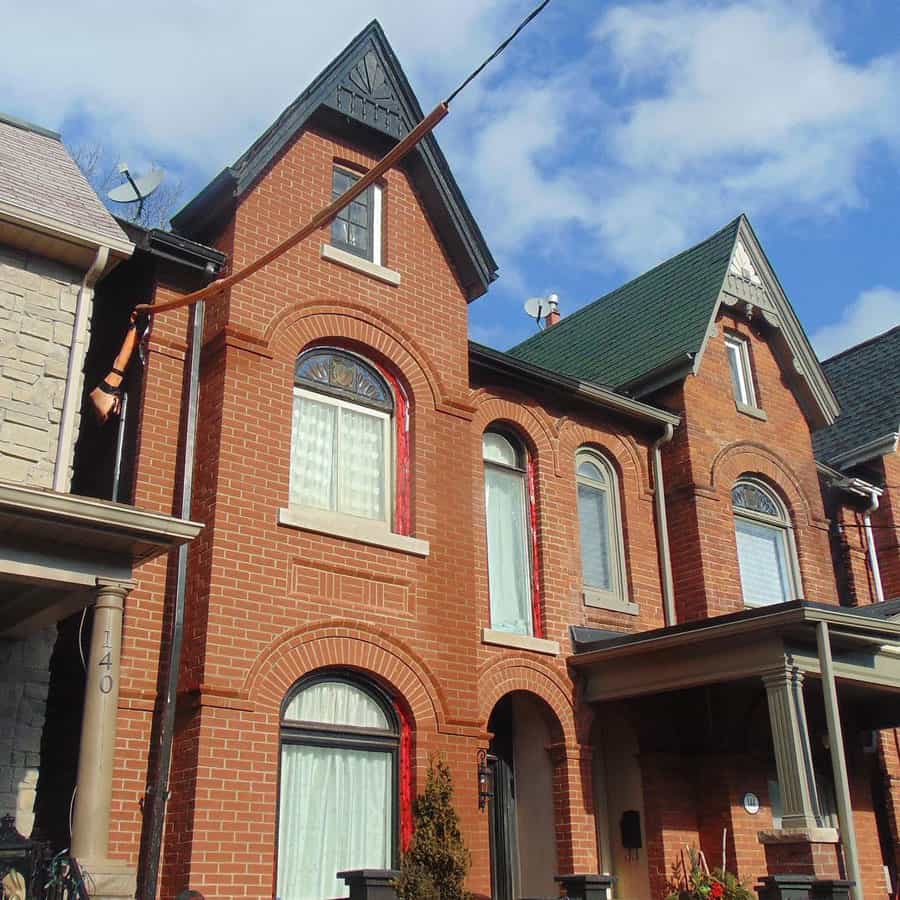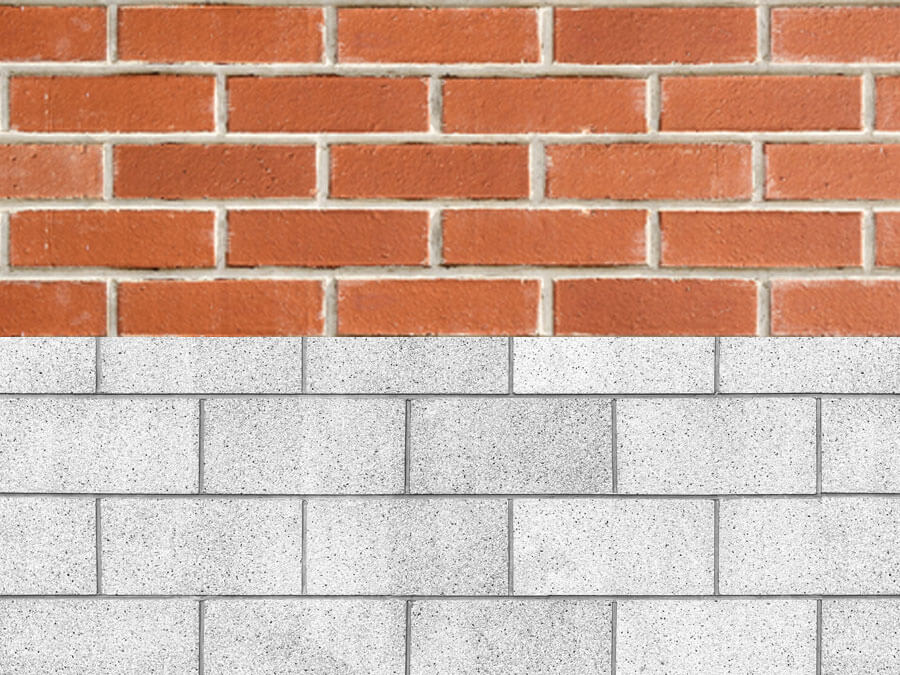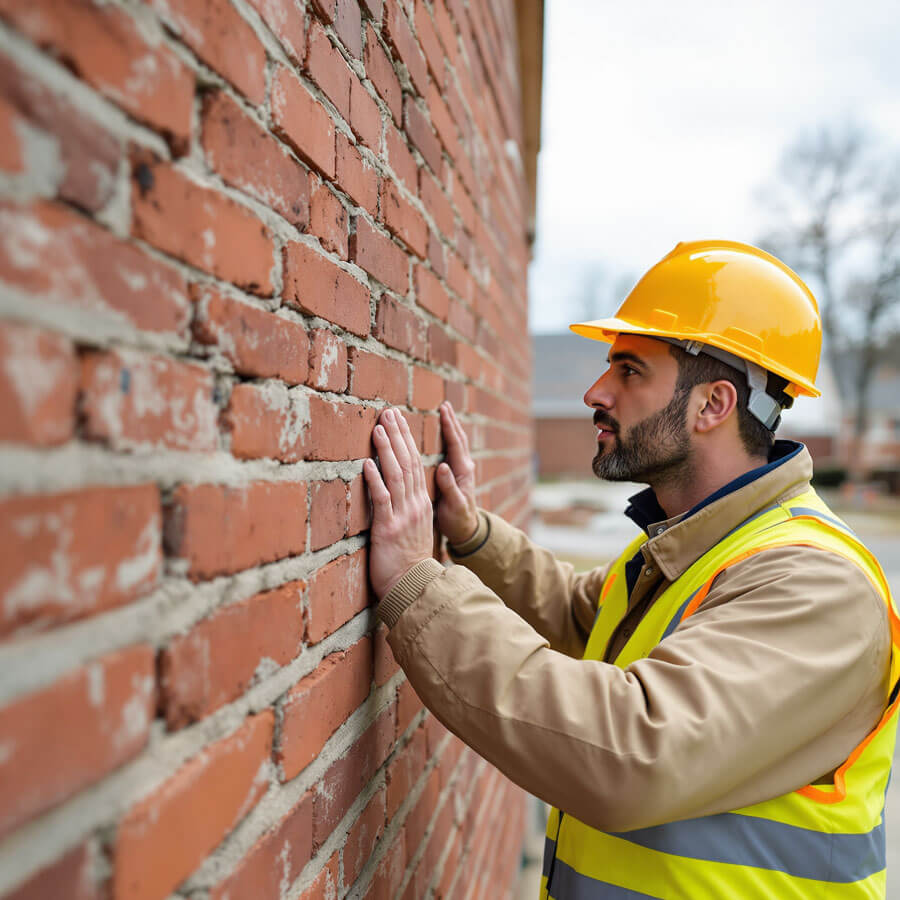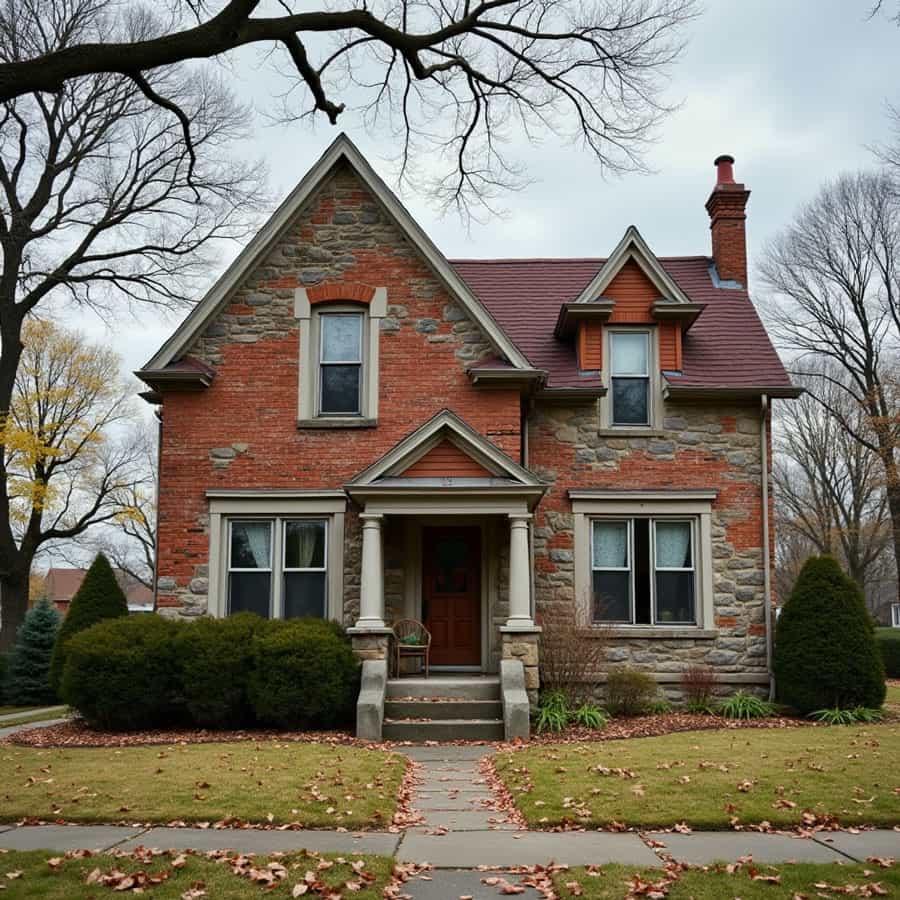If you’ve noticed a white, chalky residue on your brick walls or patios, you may be dealing with a common phenomenon known as efflorescence. Though it can make your beautiful brickwork look aged and neglected, understanding what efflorescence is, why it happens, and how to safely remove it can save you from unnecessary concern and help restore your brick surfaces to their former glory.
In this post, we’ll dive deep into the causes of efflorescence, how to prevent it, and the best ways to clean your bricks without causing damage.
What Is Efflorescence?
Efflorescence is the white, powdery deposit that appears on the surface of porous building materials like brick, stone, or concrete. It occurs when water moves through these materials, bringing soluble salts to the surface. Once the water evaporates, the salts are left behind, resulting in the white staining you see on the brick.
Why Does Efflorescence Appear?
Efflorescence can occur in both indoor and outdoor brick surfaces and is often triggered by a combination of moisture and soluble salts within the brick or mortar. Several factors contribute to the formation of efflorescence:
- Water Exposure: Rain, snow, or even high humidity levels can introduce moisture into bricks and masonry. This moisture dissolves the natural salts within the materials and carries them to the surface.
- Construction Materials: Poor-quality bricks or mortar with a high salt content can increase the likelihood of efflorescence. The composition of the bricks and mortar can either limit or encourage salt migration to the surface.
- Environmental Conditions: Efflorescence is more likely to occur in areas with significant temperature fluctuations, which cause condensation, and in regions with higher levels of groundwater or surface water.
Is Efflorescence Harmful?
The good news is that efflorescence is generally not harmful to the structural integrity of your bricks. However, it is unsightly and can make your property look neglected. In some cases, prolonged or repeated efflorescence may indicate a moisture problem, which can eventually lead to issues such as mold, mildew, or even structural damage if not addressed.
How to Clean Efflorescence Safely
Before you jump into cleaning efflorescence, it’s essential to understand that the wrong cleaning methods can cause more harm than good. Follow these steps to safely remove efflorescence from your bricks.
- Start With Dry Brushing
One of the simplest and most effective ways to remove efflorescence is to use a stiff-bristled brush. Gently brush away the white powder from the brick’s surface. Be sure to do this when the brick is dry, as water can dissolve the salts again, making them harder to remove.
- Try Water and a Mild Detergent
If dry brushing doesn’t fully remove the stains, mix warm water with a mild detergent (like dish soap) and use a soft brush to scrub the affected area. Rinse thoroughly with clean water. This method works best when the efflorescence is fresh and hasn’t built up too much.
- Use a Vinegar Solution for Stubborn Stains
For more stubborn efflorescence, a diluted solution of white vinegar and water can be effective. Mix one part vinegar with five parts water and scrub the brick using a brush. Vinegar helps dissolve mineral deposits, making them easier to remove. After scrubbing, rinse the area thoroughly with water to avoid any residual acidity that could damage the bricks.
- Commercial Efflorescence Cleaners
If home remedies aren’t enough, consider using a commercial efflorescence cleaner. These cleaners are specifically formulated to dissolve salts without damaging the brick. Follow the manufacturer’s instructions carefully, and always test the cleaner on a small, inconspicuous area before applying it to a larger surface.
- Avoid High-Pressure Washing
While it might be tempting to use a pressure washer to blast away the white stains, this can actually force water deeper into the brick, making the efflorescence worse in the long run. High-pressure washing can also damage older, softer bricks, so it’s best avoided for this task.
Preventing Efflorescence in the Future
Once you’ve cleaned your bricks, you’ll want to take steps to prevent efflorescence from returning. Here are some effective prevention tips:
- Seal Your Bricks
Applying a brick sealant can help reduce the absorption of water into the masonry, making it harder for salts to migrate to the surface. Look for a breathable sealant that allows water vapor to escape but prevents liquid water from penetrating the brick.
- Address Moisture Sources
Efflorescence is often a symptom of excess moisture, so finding and addressing the root cause of the water exposure is critical. Check for leaky gutters, improper drainage, or cracks in your walls that may be allowing water to seep into the masonry. Repairing these issues can go a long way toward preventing future efflorescence.
- Use Quality Construction Materials
When building or renovating, use bricks and mortar with low soluble salt content. Quality construction materials can minimize the risk of efflorescence. Additionally, ensure proper installation practices to reduce moisture infiltration.
- Improve Ventilation
In enclosed spaces like basements or interior brick walls, improving ventilation can help control moisture levels and reduce the likelihood of efflorescence. Installing vents or using dehumidifiers can keep humidity in check.
When to Call a Professional
While efflorescence is often a cosmetic issue, recurring or severe cases can indicate underlying moisture problems that require professional attention. If the white stains persist despite your efforts, or if you suspect water damage, it’s best to consult a masonry or waterproofing specialist. They can identify the source of the moisture and recommend long-term solutions to protect your bricks.
Conclusion
Efflorescence may be an eyesore, but it’s a common issue that can be effectively managed with the right cleaning techniques and preventative measures. By addressing moisture sources, using quality materials, and keeping up with regular maintenance, you can keep your bricks looking beautiful and free of those pesky white stains.
If you’re dealing with a persistent efflorescence problem, or if you’d rather leave the job to the experts, don’t hesitate to reach out to a Bowman Masonry brick cleaning service. With their expertise, you can enjoy long-lasting, stunning brickwork without the hassle of constant upkeep.

